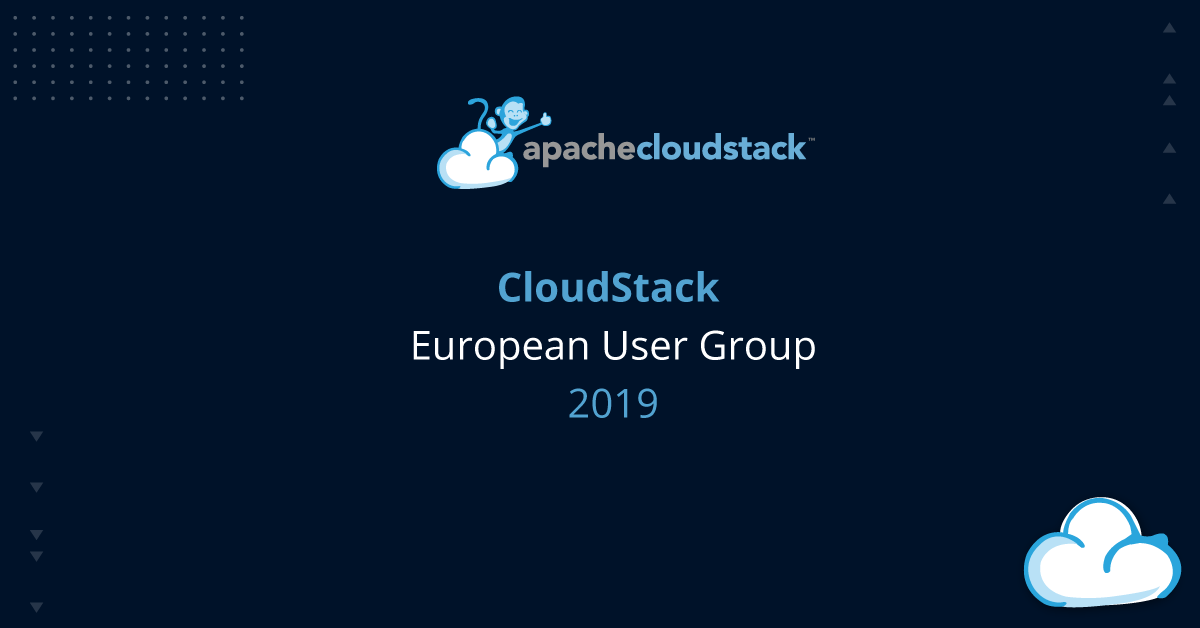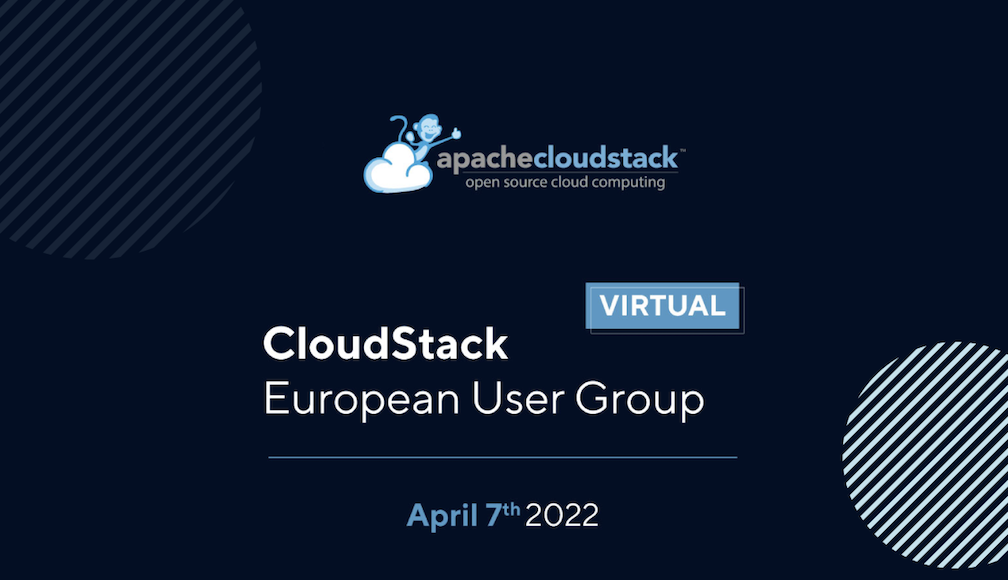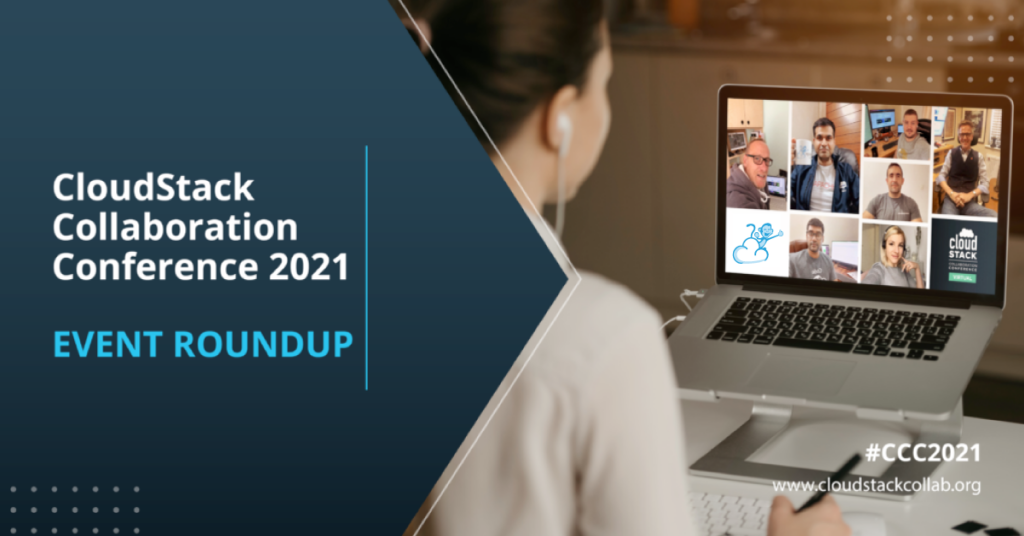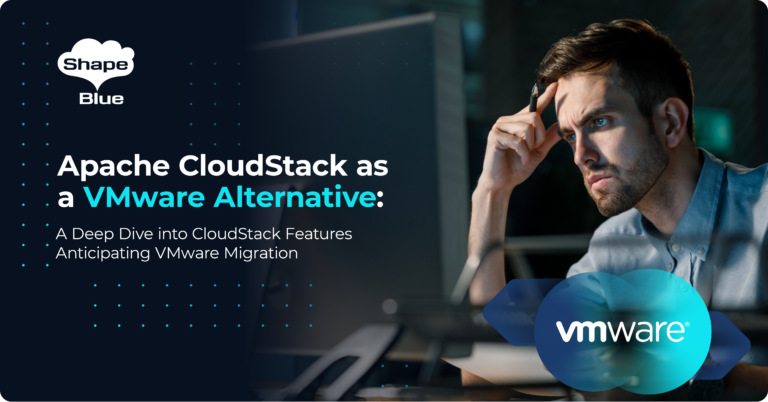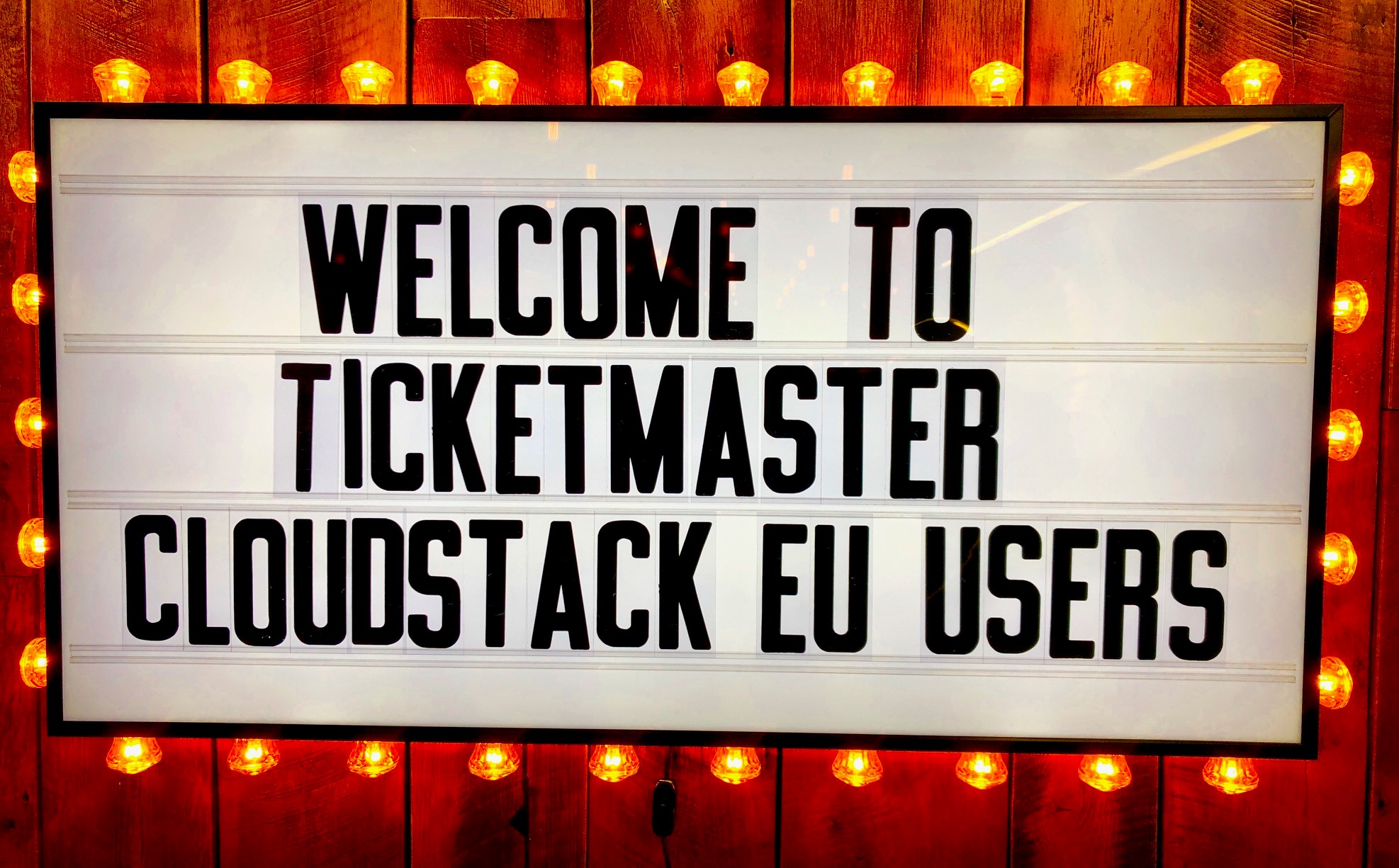 Our first meetup of 2019 saw us at a new venue – Ticketmaster’s London HQ, and if you’re a music lover it certainly takes the prize for coolest meeting venue yet! Walls covered with pictures of rock stars and a stage complete with guitars and Marshall amps (not to mention pinball machines and a bar) created a real buzz of excitement before the meeting had even started. Once everyone had met up with friends, taken photos and finished lunch, Giles Sirett (CSEUG chairman) called the meeting to order, and kicked the day off with CloudStack news.
Our first meetup of 2019 saw us at a new venue – Ticketmaster’s London HQ, and if you’re a music lover it certainly takes the prize for coolest meeting venue yet! Walls covered with pictures of rock stars and a stage complete with guitars and Marshall amps (not to mention pinball machines and a bar) created a real buzz of excitement before the meeting had even started. Once everyone had met up with friends, taken photos and finished lunch, Giles Sirett (CSEUG chairman) called the meeting to order, and kicked the day off with CloudStack news.
Giles talked us through the current and upcoming releases of CloudStack, and the new release of Cloudmonkey (6.0), before ‘unofficially’ announcing the new VP of Apache CloudStack – our very own Paul Angus! Moving onto market news, Giles introduced a thought-provoking topic, starting by referencing an article titled ‘What happened to OpenStack?’, before moving onto the different marketing approaches taken by the technologies.
We then heard about upcoming events – the next CSEUG will be in Sofia in June (register here), and we are currently looking for speakers. The CSEUG returns to London in October (and we are working with Ceph on making this another collaboration event), and we have CloudStack Collaboration Conferences in April (Brazil) and September (Las Vegas). Again – the Call For Participation is open for Las Vegas. All the information provided by Giles can be found by watching his talk:
Giles then introduced our first guest speaker onto the stage – Mike Rowell (Director, Platform Infrastructure) of our hosts Ticketmaster, with a talk titled ‘Our journey to a next generation cloud’. Mike did indeed take us on a journey, first explaining what challenges they needed to overcome, and what solutions they initially implemented, before discussing their investigations into a scalable cloud solution. These investigations led them to Apache CloudStack, and Mike went on to share what issues he experienced, as well as what other tools they use, such as Ansible, Terraform and Prometheus in the stack. Mike finished his talk by expanding on some features he would like to see in CloudStack.
Next to the stage was Bobby Stoyanov (ShapeBlue), talking us through some of the new features in CloudStack. These new features include: more sophisticated options for specifying pod and cluster while deploying a VM; running and retrieving diagnostics on the VR; sending additional configuration to VMs; and adding options to cleanup additional data disks when destroying a VM. It’s always great to hear about new features, and to see evidence of the continuing innovation and commitment to the project from the community. Bobby ‘dived deep’ on each feature, so I recommend you watch his talk:
After a short break, we welcomed Wido den Hollander from PCextreme, who talked about flexible networking for scaling a cloud environment,. As Wido explained – regular layer 2 VLANs have their limitations when it comes to scalability, and VXLAN overcomes these limitations, making it easier to scale out your CloudStack deployment. As of CloudStack 4.12, VXLAN can use IPv6, and Wido talked about Advanced networking + IPv6 + VXLAN which he is putting into production right now with the 4.12 release. As usual, Wido covered his topic comprehensively, and if you want to hear more, watch his talk:
We then welcomed Boyan Ivanov (Storpool) with his talk ‘Latency: the #1 metric of your cloud’. As Boyan pointed out – no two clouds are the same. However, the leading clouds all have one thing in common: they deliver on metrics, which matter to the customer. In this session Boyan examined and presented his findings on leading clouds, demonstrating why low latency is the thing that makes a cloud stand out. Watch Boyan’s talk:
Towards the end of Boyan’s talk we weren’t sure whether there would be a fifth talk, or we would be enjoying the hospitality of the Ticketmaster bar a little sooner than anticipated. All day, Grégoire Lamodière (DIMSI) had been struggling to get to London from Paris, due to disruption to Eurostar services. We had already moved his talk to the final slot of the day, and with just a few minutes to spare, he arrived! Grégoire’s talk was ‘Using message broker to extend cloud features’. As he explained, many use cases involve communication between CloudStack admin (provider) and instances (end user) regarding configuration, build and management. Grégoire presented the DIMSI team’s communication framework that enables managing user infrastructure on Windows and Linux systems from a centralized panel. Grégoire’s full talk is on our channel:
After the final ‘official’ talk of the day, Mike (playing the part of bar tender) opened the bar and we enjoyed a couple of drinks and the unofficial discussions started. We were then truly spoiled as Computacenter led us to a nearby pub and carried on buying the drinks! As usual, a fantastic event made so by the CloudStack community. Great attendance from all over Europe (including a  heroic effort from Grégoire), and varied, interesting talks (thanks to Mike, Bobby, Wido, Boyan, and Grégoire). Huge thanks to Ticketmaster for hosting and providing a very cool venue (have I mentioned the slide?), and thanks to Computacenter for their generosity. We are already planning the next CSEUG which will be in Sofia, Bulgaria, on June 13 (registration open) – we are looking for talks, so if you want to come along and give a talk, please let me know at steve.roles@shapeblue.com. See you soon!
heroic effort from Grégoire), and varied, interesting talks (thanks to Mike, Bobby, Wido, Boyan, and Grégoire). Huge thanks to Ticketmaster for hosting and providing a very cool venue (have I mentioned the slide?), and thanks to Computacenter for their generosity. We are already planning the next CSEUG which will be in Sofia, Bulgaria, on June 13 (registration open) – we are looking for talks, so if you want to come along and give a talk, please let me know at steve.roles@shapeblue.com. See you soon!
All the day’s talks were recorded, and are available on the ShapeBlue YouTube channel.
Our presenter’s slides can be found on SlideShare:
Giles: https://www.slideshare.net/ShapeBlue/giles-sirett-cloudstack-news
Mike: https://www.slideshare.net/ShapeBlue/mike-rowell-our-journey-to-a-next-generation-cloud
Bobby: https://www.slideshare.net/ShapeBlue/boris-stoyanov-some-new-features-in-apache-cloudstack
Boyan: https://www.slideshare.net/ShapeBlue/boyan-ivanov-latency-the-1-metric-of-your-cloud
Steve Roles is ShapeBlue’s COO and is responsible for all day to day administrative and operational functions of the business, including the consulting, programme management, and support functions. Involved with CloudStack since 2012, Steve has led several large customer engagements including a number of major public and private cloud deployments; co-ordinated and developed worldwide teams and helped implement and deliver an enterprise grade support product.
Away from work, Steve is a music lover and semi-professional musician. Although he doesn’t speak at many technology conferences, he can sometimes be heard providing the evening entertainment.
